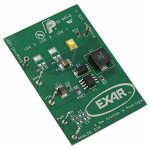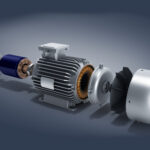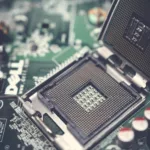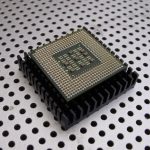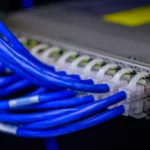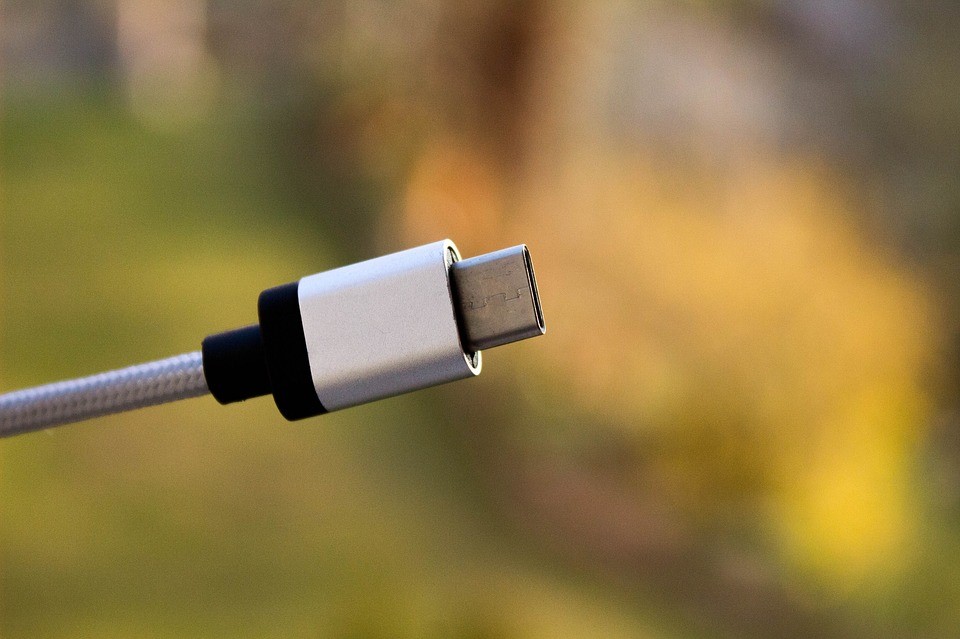
The USB type C</h2>
USB C is rapidly gaining traction with many smartphone manufacturers incorporating into their products. Its major appeal is the fact that it can deliver up to 100 watts (5A, 20v) which makes it a very convenient way of charging devices. It has 24-pins and has a twofold rotational symmetrical connector meaning any side can connect to the host and device as well, unlike its predecessors, the USB-A and USB-B. USB-C is intended to replace all types of USB on both hosts and devices. The USB C is also expected to replace the headphone jack. Apple recently ditched the jack and Intel also recently announced that intends to ditch the same. USB C will ensure a base level sound quality and also multitask.
Why do you need protection and how can you implement it?
ESD
Just like all versions of USB technology, electrostatic discharge (ESD) poses a risk to USB C’s systems sensitive silicon. There are numerous standards that govern ESD discharge and robustness USBs, for instance, the EN 550244 which demands resilience to 4kV on contact and 8 kV across an air gap.
ESD protection is implemented using transient voltage suppression diodes that are placed between the plug and receptacle pins. It is very important that the diodes are chosen very carefully as they need to be high-voltage DC tolerant so as to cope with USB PD charging instances. One such diode is the TPD101E1BB04.
Short circuits in USB Type C
USB type C’s high-power delivery also introduces unprecedented safety challenges. It is also very compact, it has a pitch of 0.5mm which a far cry from 2.5mm in USB type A. This reduced pitch heightens the chance of short-circuits when the cable is removed when the cable is under high current/voltage. If debris builds up inside the connector, it could also lead to acute short-circuits.
Overvoltage protection (OVP) is used to safeguard against short circuits. OVPs deal with peak voltages of 20V. It is also important to note that USB cables that are a meter in length can build inductance that is capable of generating peak voltages of double the steady state short circuit voltage hence USB C must cater for these voltages that are higher than the peak voltages.
You May Also Like : “USB Type C: Why Circuit Protection is Critical“
One straightforward method of doing this is by pairing N-channel MOSFETs with OVP devices. The OVP device then drives the nMOSFET gate high when current is below the user adjustable overvoltage threshold so as to allow current to flow. In the event that the voltage level exceeds the overvoltage threshold like it normally occurs during a short circuit, the nMOSFET is pulled below hence disconnecting the load from the input. The system will also require a charge pump that will maintain the 6.5 to 8.0 gate voltage so as to let the nMOSFET operate in the low resistance region hence accommodating 5-volt DC of normal USB-C operation.
Another type of short circuit that the system needs protection from is the short circuit that bypasses the cable. The inductance at the receptacle is low while the rise time to reach 90% of peak voltage is more often less than 10ns. This sudden rise is beyond the reaction time of an nMOSFET hence it exposes the device to hazardous voltages. Cable bypass also reduces the resistance of the receptacles hence exposing the system to high current. To protect against this, additional clamping components are required.
To protect the system against the various short-circuits, nMOSFET, charge pumps and clamping components are required. These components comprise of about 15 discrete parts for every CC pin. This will drive the BOM high. To simplify this, there are monolithic devices that have been developed to protect against all the short-circuits. One such device is the TPD8S300.
Conclusion
USB Type C offers high power carrying capacity, high data speed and has compact connectors. These features that make it stand-out also amplify the risk of short circuits making it very necessary to protect the system against such. To achieve the goal of protection, monolithic devices to reduce the number of devices used and ease the design process.










